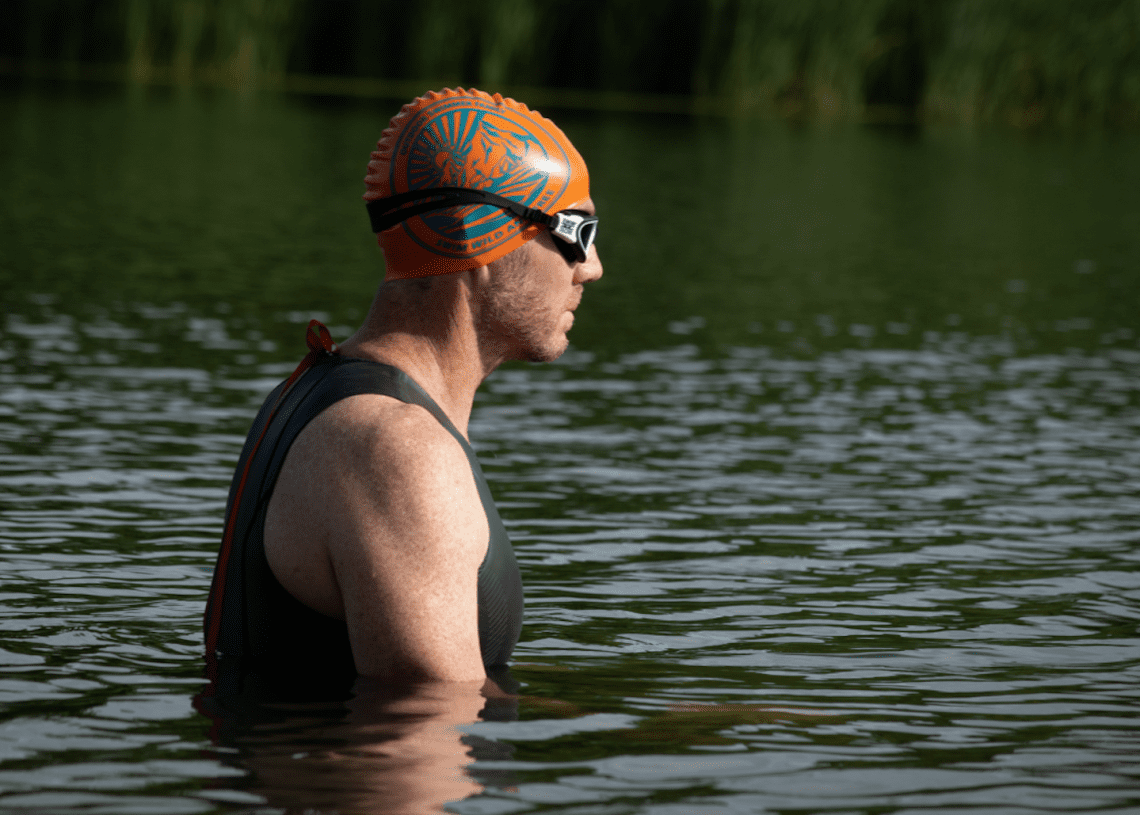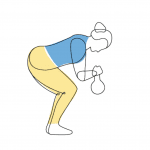
What do you struggle most with when you swim?
Swimming coach Chris Malpass shares his top tips on sighting technique and breathing while swimming
I recently asked on Twitter (now called X): “What do you struggle most with when you swim?” The answers that came back were varied, but there were also some common themes among the answers we received.
Breathing
Breathing was by far the most common thing people struggled with. Unfortunately, breathing is probably the most important aspect of anything you do – without oxygen you wouldn’t get very far at anything! It’s also one of the biggest aspects of your swimming that can disrupt the rest of your stroke and make swimming harder than it should be.
Turning your head too far when you breathe often leads to common faults such as turning your shoulders too far, which then often knocks on to your underwater arm dropping too far underwater or pulling under your body. This will then lead to your legs “snaking” or “kicking out” as they try to balance your stroke. This then means that you don’t get an effective underwater pull and slow down due to the snaking action of your body.
The important thing to remember with breathing is to make it as close as you can to how you breathe normally, so not to speed it up too much or you may end up hyperventilating! If you breathe every two strokes and have a quick stroke rate, you may end up in this predicament. The best way to resolve this is to try and regulate your breathing into a consistent pattern and ensure you breathe in and out properly. This may mean you switching your breathing pattern, which will make it harder in the short term, but will pay dividends in the long term. Spend time regulating your breathing, getting a regular breathing pattern and breathing properly.
Remember – if you swallow water and miss a breath, it won’t be more than a few seconds before you get your next, so don’t panic.
Sighting
Sighting also came up high on the list. We mentioned above that breathing poorly can lead to snaking or kicking out when you swim, which leads nicely onto another answer that came back – sighting and swimming in a straight line.
When you swim, the idea is to pull and push the water behind you, so you move forwards. If there is any excessive movement of water sideways, you will snake when you swim and therefore not swim in a straight line. When you swim in open water, it’s difficult to swim in a linear direction to your sighting point. This will therefore make it hard to sight as you will be looking about for where you are heading to.
Spend some time ensuring your pull underwater is good (i.e. no excessive movement of water sideways) and you will find that you will swim better in a straight line in open water. This will then make sighting easier. There are of course other reasons, but we believe that this will help no end. As with anything swim related, get sighting built into your regular swimming pattern. Sight regularly so that if you’re not swimming in a straight line, you won’t be too far off course each time you look to see where you’re going.
Remember, you don’t have to lift your whole head out of the water when you sight, it only has to be enough so that your eyes are out of the water. Any higher and you will find your legs drop down which slows you down and makes swimming harder.
Also remember – regular sighting built into your swimming will help you swim in a straight line.
Taking part in events
Open water swimming is growing in popularity, but many people are nervous about swimming in open water. In particular, mass starts and swimming with a large group of people in an open water swimming event are very different experiences from swimming indoors. It is harder to sight when in a big group of swimmers.
For all nervy open water swimmers out there, spend time with confident open water swimmers who can introduce you safely to the joys of open water swimming. Get used to having to be aware of what else is going on around you and the fact that there isn’t a black line on the bottom to follow!
Take time getting in and getting used to the difference in temperature of the water and most importantly, never get in on your own. There are plenty of organised and safe open water training places to swim, so use them. When taking part in your first open water event, start from the back, or the side away from the “racing line”. This will ensure that you don’t get tangled up with other swimmers and can swim at your own pace, rather than trying to swim too fast to keep up with others. You will enjoy it far more, be able to sight properly and hence enjoy the experience far more. This will in turn, make you come out with a big smile on your face and want to do another open water event soon.
Remember – never swim on your own and take your time getting used to swimming in open water.
Ucanswim is owned and run by Chris Malpass, who coaches athletes of all levels, both for pool and open water swimming. Further details can be found at: ucanswim.co.uk






